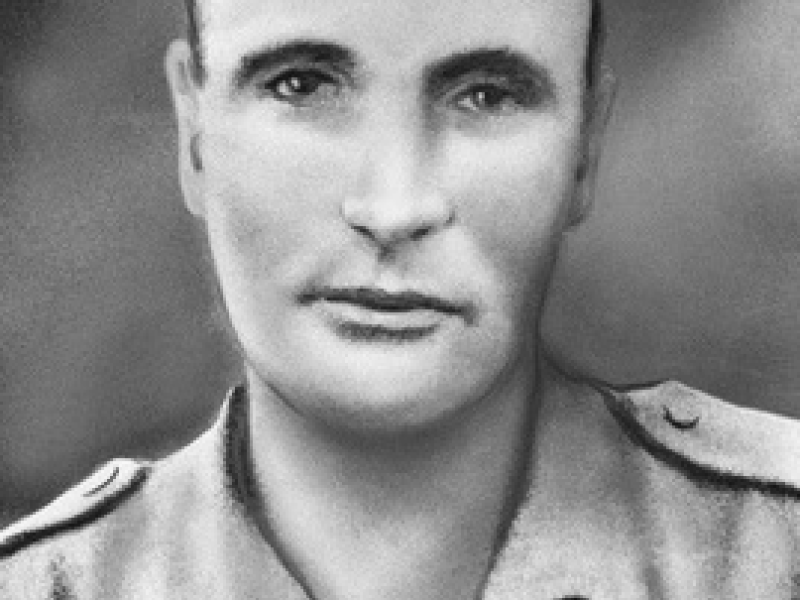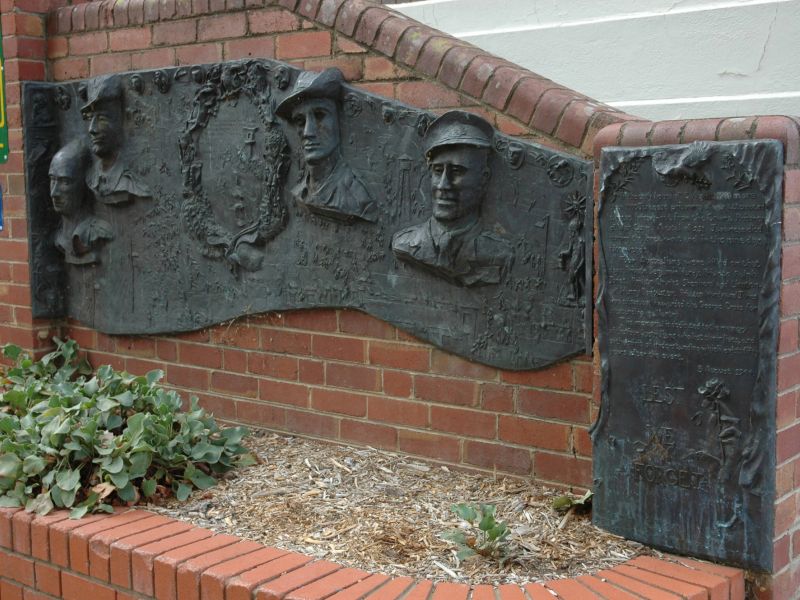Private Ralph Jones, 22nd Garrison Battalion, 2nd AIF
Born in Gorleston in Norfolk, England, on 26 September 1900, Ralph Jones was the son of Henry and Eliza Jones.
The youngest of 14 children, he attended school at the Church Road in Gorleston but left at the age of 14 and began a motor engineering apprenticeship. He served in the British Army during the First World War, and was discharged in 1920 after contracting tuberculosis.
Unable to find stable employment in Britain, Jones migrated to Australia in 1926. Arriving in Sydney, he became a labourer.
During the Depression, Jones found it increasingly difficult to find work and did casual jobs where he could. He eventually settled in Tuena in the southern tablelands of New South Wales in the 1930s, lodging with a farmworker and his wife.
On 14 January 1942, Jones was mobilised into the Citizens’ Military Forces as a private. Aged 41, he was too old for active service in the Australian Imperial Force but was posted to the 22nd Garrison Battalion at the No. 12 Prisoner of War Group at Cowra.
The Cowra prisoner-of-war camp at this time held Italian, Japanese, Formosan, and Korean prisoners of war. The inmates had become agitated upon learning that NCOs and privates were to be separated, with the privates to be transferred to the camp at Hay.
In the early hours of 5 August 1944, 1,100 Japanese prisoners held in the B Compound of the Cowra camp attempted a massive breakout.
Thousands rushed the barbed-wire fences and camp huts were set ablaze. Some of the prisoners had armed themselves with baseball bats, knives, tools, and other implements that had been secretly stockpiled, and used blankets and baseball mitts to cover the barbed wire fence.
The Australian guards manning their posts poured a hail of fire into the camp. Awoken by the riot, Jones and his companion Private Ben Hardy quickly pulled greatcoats over their pyjamas and quickly ran 50 metres to a nearby Vickers gun. Japanese prisoners were climbing over fences and heading towards them.
After five minutes of concentrated fire into the onrushing escapees, Jones and Hardy were overrun, and the two of them were beaten to death.
Another Australian guard was killed during the breakout, and two more were killed in the following days while rounding up the escapees. A total of 234 prisoners died in the incident.
Ralph Jones was buried within the war graves section of the Cowra General Cemetery. He was 43.
In 1951, Jones was posthumously awarded the George Cross, which was presented to his brother Walter by King George VI. The citation read:
“Private Jones displayed outstanding gallantry and devotion to duty in this fight to the death against an overwhelming onslaught of fanatical Japanese … Private Hardy stood his ground and continued to work his gun until bashed to death … This soldier met his death in the true British spirit of sacrifice for his country.”
Dr Lachlan Grant, Historian, Military History Section

 Australian War Memorial
Australian War Memorial